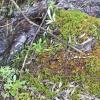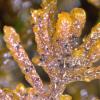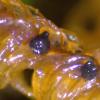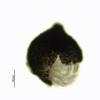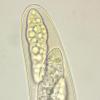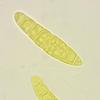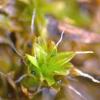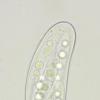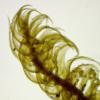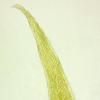
15-01-2026 15:55
 Lothar Krieglsteiner
Lothar Krieglsteiner
this one is especially interesting for me because

17-01-2026 19:35
Arnold BüschlenHallo, ich suche zu Cosmospora aurantiicola Lite

16-01-2026 00:45
Ethan CrensonHi all, On decorticated hardwood from a New York

18-01-2026 12:24
Hello.An anamorph located on the surface of a thin

08-12-2025 17:37
 Lothar Krieglsteiner
Lothar Krieglsteiner
20.6.25, on branch of Abies infected and thickened

10-01-2026 20:00
Tom SchrierHi all,We found picnidia on Protoparmeliopsis mur
Sur pierre recouvertes de mousses (muscicole/Thuidium/zone humide à 1350m), périthèces sphériques à piriformes avec une petite papille, 0.15 - 0.25 mm de diamètre, asques bituniqués, octosporés, IKI-, 240 - 435 x 35 - 44 µm, spores lisses, hyalines, brunâtres en vieillissant, 4 - 7 cloisons, entourées d'une enveloppe mucilagineuse, 52 - 68 x 13 - 15 µm, paroi brune. Avec ces caractères, je pense qu'il s'agit de Bryostroma necans. Qu'en pensez-vous ? Merci pour votre avis.
Elisabeth
für Arnold spricht: Er gibt Tipps.
Gegen Arnold spricht: Er bietet nicht an, das Wirtsmoos oder zumindest die Gattung zu bestimmen.
Viele Grüße aus Hamburg,
Marcel

auf den Fotos von Arnold kann zumindest icke keine Tortula, geschweige denn T. virescens erkennen, was aber kein Ausschlusskriterium sein muss -Inoperculate treiben es, wie du weisst, mitunter leider nur allzu bunt.
Drecksäue.
Bonne soirée,
Marcel


Viele Grüße, Lothar


das erste Moosbild ist (doch!) eine Tortula - ein acrocarpes Moos mit Glashaar. Die weiteren Bilder zeigen ein pleurocarpes Moos, m.E. Ctenidium molluscum. Auf welchem Moos war der Pilz denn drauf?
LG, Lothar
P.S. Im ersten Beitrag sehe ich ja, dass es auf einem pleurocarpen Moos war.
If I may also contribute. I did not see the post until now.
To me, the evidence that this is B. necans is clear. The spores have a hyaline sheath, always absent in B. trichostomi, and the spore have more septa when mature.
In addition, B. necans is a necrotrophic parasite of several mosses. Your moss is brown where the fruitbodies develop, likely being killed by the fungus. B. necans has a broad spectrum of hosts.
The host here appears to be Sanionia uncinata because the leaves are strongly curved but have a midrib (lacking in Hypnum and Ctenidium).
Host preferences in Bryostroma are important but not as valuable as in other bryophilous groups for species determination. For example, I have found B. halosporum recently on three new hosts. Necrotrophic species on bryophytes often seem to compensate for killing the host by having wider host ranges.
A great find! As always, your photographs are fantastic, Elisabeth.
George

I have not yet found Luteodiscus yet, probably just by bad luck. What I thought would be it was actually a Hyalorbilia on Frullania, H. fusispora, we corresponded about before. Next month I will be doing a big foray in Scotland so it is possible we will find it there on Nowellia etc on rotting wood, if they fruit throughout the season. I will let you know.
All the best,
George

George
Merci infiniment pour votre soutien, cela m'aide à progresser.
Elisabeth


